Postflop
Introduction
Postflop hand reading is an essential poker skill that can take years to become decent at, by just playing poker. If you practice with the Poker Trainer Postflop exercise you can become fairly skilled in a matter of weeks, and really strong in a couple of months.
Hand reading is the ability to put your opponent on a likely range of cards, and understanding how that range of cards compare to your cards. If you have no idea what cards your opponent is holding or how your hand will hold up against his, you are just gambling.
This exercise is based on the recommended ranges in the preflop exercise. Both you and your opponent are playing the recommended ranges. To make it easier to practice hand reading your opponent is 100% predictable. The opponent is always playing with the recommended range and always continuing with the same types of hands after the flop.
In the Postflop exercise, when the opponent is the aggressor, he bets his entire range on the flop. When the opponent is the defender he calls with middle pairs and strong draws (open ended straight draws, double gutshots, flush draws and better). This is not a good simulation of how most opponents play, but since the main purpose is to improve hand reading and assessing hand strength, this is considered a worthwhile simplification. At the flop, turn and river you will be asked if you believe your hand is stronger than your opponent’s range.
In poker when we talk about hand strength, we use something called equity to help us judge that. This is different from poker hand ranking, which is the best made hand that you currently can make with your two cards and the board. Equity is a fancy word for the probability that your hand will be best if played to the river. If your equity is, for example 40%, this means you will have the winning hand 40% on the river against your opponent’s range of hands, and all possible cards on the board. There will be some equal hands as well, those will be shared between you in terms of equity. If 1% ends up in a split pot, that will count as 0,5% to your equity.
In this exercise you will answer yes or no to if you have the stronger hand. If you answer yes, this is same as saying your equity is above 50%. If your answer is wrong you will lose as many seconds as you were off in your answer. For example, if you answer that your equity is above 50% and in reality it is 34%, you will lose 16 seconds. This means you will lose very little time when you make small mistakes, but you will lose a lot when you make real blunders. The timer is stopped when the animations are running and buttons are disabled until the flop has been dealt. Mistakes can be reviewed and replayed after each game to reinforce learning.
Postflop hand reading example
Let us say we are in SB and we have raised an open from CO who has called our 3-bet.

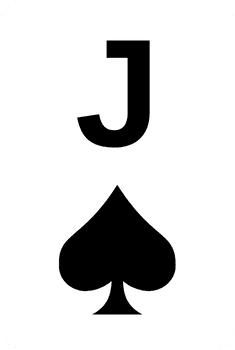 . In this exercises our opponent is always using the recommended ranges from the preflop tutorial. Calling a 3-bet from SB when in CO:
. In this exercises our opponent is always using the recommended ranges from the preflop tutorial. Calling a 3-bet from SB when in CO: 
The flop comes:

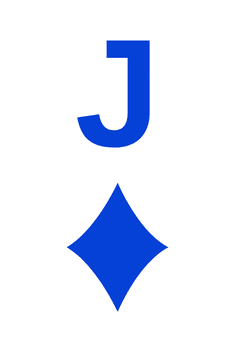
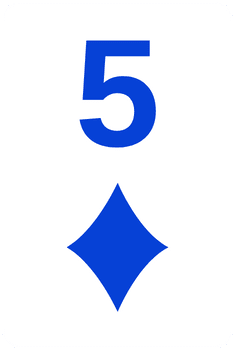
If you put your cards, this flop, and opponent’s range into an equity calculator, like for example Flopzilla (Flopzilla is used in this tutorial), you will see that your equity is 85% on this flop. The calculator will show you the equity. To some extent you can estimate this yourself by counting combinations of hands, and number of outs and the rule of 2 and 4 (see the odds section for more on this). But this is rather complicated, and time consuming and not easy to do at the table. You can learn to become skilled at estimating equity by analyzing hands you have played or just simulating hands, and using an equity calculator. But that is rather boring, and time consuming. Using the Postflop exercise is a much faster way to become good at estimating equity.
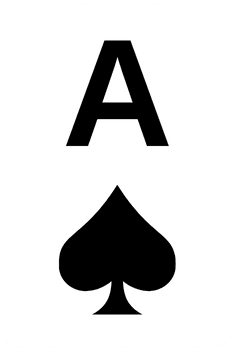 our equity becomes 69% if our opponent only continues with strong draws, middle pairs and better. We find this out by using a filter in Flopzilla.
our equity becomes 69% if our opponent only continues with strong draws, middle pairs and better. We find this out by using a filter in Flopzilla. 
As you can see by the greyed out hands above our opponent has folded AKo and the pocket pairs that are under two of the flop cards (since they are lower than middle pair, which are pairs with a J). QJs is greyed out because there is no combination (or combo) left. The only J that is left in the deck is Jh. Qh is on the flop, so it is not possible for opponent to have a hand with QJs. In the image you can also see a count of combinations for each of the remaining hands. Opponent continues with the hands that are not greyed out. In this example there are two open-ended straight draws (OESD) and that is KTs and T9s. Since that is a straight draw our opponent continues with all combination of KTs and T9s (which are four each). He also continues with the hands that have paired with either Q or J and with QQ (which is three-of-a-kind on the flop). Finally he also continues with all suited hands that are two diamonds. That is only one combo, AT of diamonds.
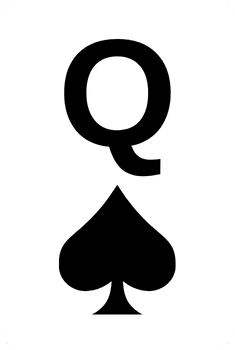 . We have a full-house and our equity is 70%. At this point it is manageable to run the calculations manually by counting the combinations we beat:
. We have a full-house and our equity is 70%. At this point it is manageable to run the calculations manually by counting the combinations we beat: - KQs – 2 combinations (three-of-a-kind)
- AJs – 1 combination (two-pair)
- KJs – 1 combination (two-pair)
- ATs – 1 combination (two-pair)
- KTs – 4 combinations (straight)
- QTs – 2 combinations (three-of-a-kind)
- JTs – 1 combination (two-pair)
- T9s – 4 combinations (pair)
This is 16 hand combos. We lose against these hands:
- AQo – 5 combinations (better full-house)
- AQs – 1 combination (better full-house)
- QQ – 1 combination (four-of-a-kind)
This is 7 combos.
In total our opponent has 23 hand combinations in his range. We win against 16 of those => 16 / 23 * 100 = 70%. On the river it is a lot easier to calculate equity as you do not have to think about probabilities for a hand that is behind that will improve to become a better hand. But even this is impossible to do quickly at the table unless you are a mathematical genius. This is why you need to practice (one way or the other) to improve your skill.
Playing a lot of poker will also help giving you a feeling for equity, but it is hard to know if you are good or not without assessing it. And it is very unlikely that you are (or will become) great without a lot of deliberate practice, where you compare your estimate with the actual result.
In the Postflop exercise you will estimate if your equity is above or below 50%. By using Practice mode or by reviewing your mistakes after you have played, you will be able to see exactly what the equity actually was. You will also be able to see exactly which hands your opponent had in his range preflop, flop, turn and river by tapping Show Worst Mistakes and finding the hand you want to examine closer. For each hand there is a button with the streets that you can tap to see exactly what they played.
Mistakes are stored for reviewing if you were off by 5% or more. Less than 5% off is so close so it is not really a mistake worth reviewing. Mistakes where you are off by 15% or more are tagged as blunders. It can be very costly to make blunders at the poker table, so you should strive to eliminate these completely.
Good luck with improving your hand reading skills!



